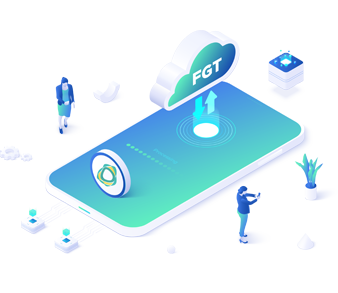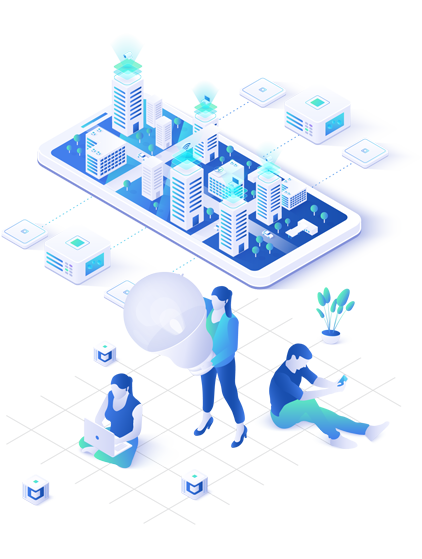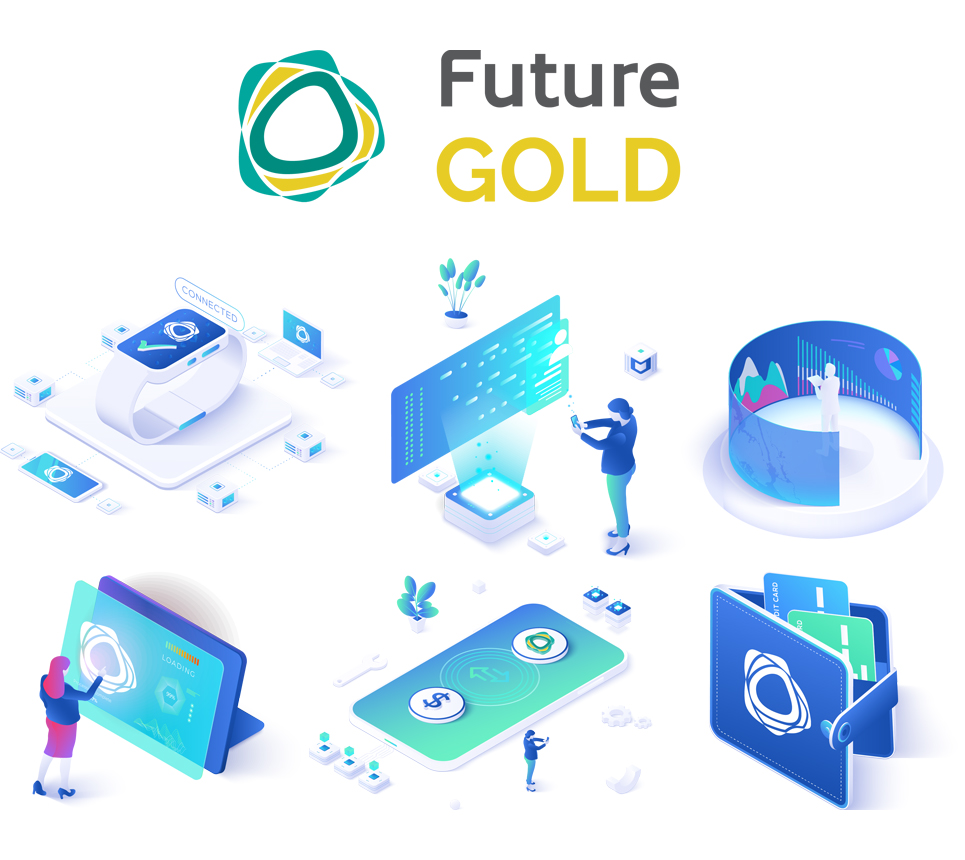Internet of Things.
An entire new industry has formed around technologies aimed at storing, sorting, viewing and gleaning business insights from Technology Big Data
Sign Up Now!
Technology of The Future
"Things," in the IoT sense, can refer to a wide variety of devices such as heart monitoring implants, biochip transponders on farm animals, electric clams in coastal waters, automobiles with built-in sensors, DNA analysis devices for environmental/food/pathogen monitoring or field operation devices that assist firefighters in search and rescue operations.
Legal scholars suggest to look at "Things" as an "inextricable mixture of hardware, software, data and service". These devices collect useful data with the help of various existing technologies and then autonomously flow the data between other devices. Current market examples include home automation (also known as smart home devices) such as the control and automation of lighting, heating (like smart thermostat), ventilation, air conditioning (HVAC) systems, and appliances such as washer/dryers, robotic vacuums, air purifiers, ovens or refrigerators/freezers that use Wi-Fi for remote monitoring.

Member Connectivity Internet of Things
IoT or Internet of Things is a network of physical objects or "things" embedded with electronics, software, sensors, and connectivity to enable objects

Data Architectures Internet of Things
Most data architects take a look at the various arrangements of necessities and start gathering an accumulation of specific information stores and a stream of information between these stores. The run of the mill construction modeling includes the accompanying parts:
Internet of things is the network of physical items or "things" implanted with gadgets, programming, sensors, and integration to empower articles to trade information with the maker, administrator and/or other joined gadgets in view of the framework of International Telecommunication Union's Global Standards Initiative. The Internet of Things permits articles to be detected and controlled remotely crosswise over existing system infrastructure, making open doors for more straightforward reconciliation between the physical world and computer-based networks, and bringing about enhanced proficiency, exactness and monetary benefit. Each thing is particularly identifiable through its installed registering network yet has the capacity to interoperate inside of the current Internet foundation. Specialists assess that the Internet of things (IoT) will comprise of just about 50 billion items by 2020.

